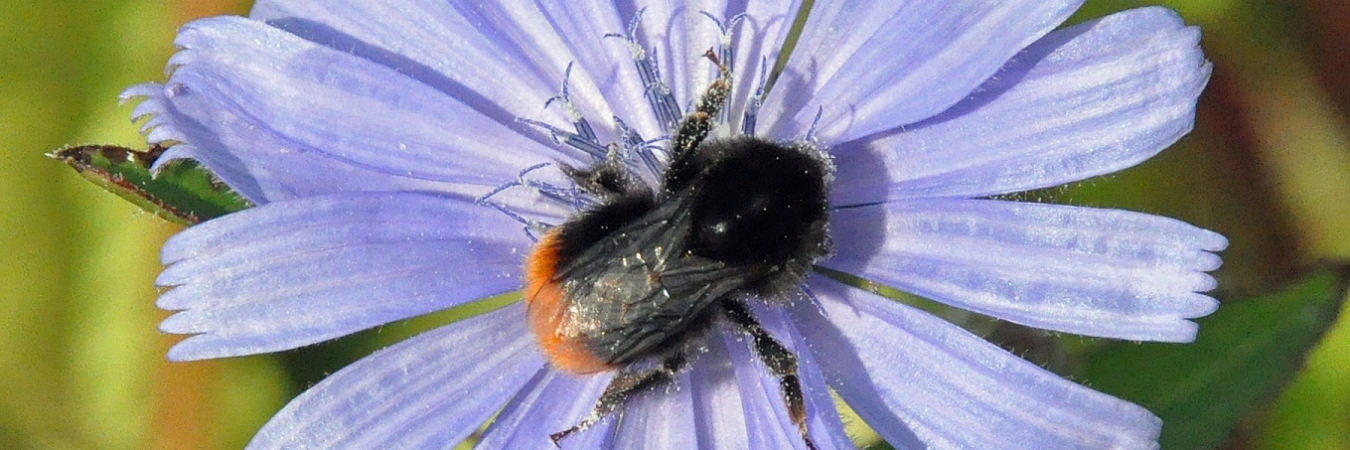CAP and Pollinators
How can we ensure the Common Agricultural Policy (CAP) respects pollinators?
Land management practice and policy tips to help implement the Common Agricultural Policy (CAP) in ways that will benefit pollinators.
Resource explained
84% of 264 cultivated plant species in Europe depend on insect pollination. This document recommends ways we can implement the Common Agricultural Policy (CAP) 2014-2020 to help benefit pollinators whilst ensuring that the food we produce contributes to our well-being.
The recommendations can help inform anyone interested in safeguarding food production systems, environmental quality and pollinators, but is particularly relevant for farmers and policy makers throughout Europe.
The importance of pollinators in relation to diversified food production systems is set in the context of sustainable agricultural production.
Actions needed to help protect pollinators and what this means in relation to the CAP are outlined. The most applicable CAP regulations are described, with an analysis of specific sections to ensure that pollinators are taken into account.
The needs of bees are outlined together with how we can improve the health of pollinators through achieving some of the CAP political objectives.
Findings & recommendations
- Pollinators are essential in helping to provide the diversity of fruit and vegetables we eat but a decline in biodiversity indicates that modern agricultural practices need to protect them.
- CAP 2014-2020 can be seen as a tool to help safeguard pollinators.
- To help protect pollinators we need to reduce contamination caused by synthetic chemicals and focus on practices such as crop rotation, intercropping and mixed production systems that help respect natural cycles and balance ecosystems. There are various actions you can take to ensure that the CAP is implemented in ways to help support this.
- To ensure the needs of pollinators are met, short and long-term measures need to be implemented.
- CAP objectives can be achieved by placing agronomy at the base of agriculture.
- Gaps and positive aspects in the CAP’s legal texts are highlighted with some useful comments describing how they could be implemented.
- Using the presence of honey-bees to help evaluate how well CAP objectives have been reached is advocated, due to them being excellent indicators of environmental quality.

